► Smallest ever Lexus
► LBX is based on Toyota Yaris Cross
► Hybrid-only rival for Audi Q2, DS 3…
The all-new LBX is the smallest Lexus ever, and is expected to become the Toyota luxury brand’s biggest seller in the UK – it’s a hybrid, too.
It forms the bottom rung of a ladder of Lexus crossovers that rises via the UX, NX and RX to the RZ. It goes up against current rivals including the DS 3, Audi Q2 and Mini Countryman, and future rivals including incoming small SUVs from Alfa Romeo and Volvo. Those premium crossovers are the target, rather than objectively similar but less lavish cars such as the Renault Captur.
It’s intended to attract people who have never previously considered a Lexus, or who are downsizing from their current Lexus, or who want a second car and have enjoyed their big Lexus so much that they want a small one too.
It’s based on the Toyota Yaris Cross, using a version of the same chassis and a variant on the same engine, but with many changes. The body has also been significantly restyled, and the equipment level is higher.
The UK is expected to get its first deliveries in the spring of 2024, but orders can be placed now, and the online configurator is active. Prices start at £29,995 for the Urban and top out at £40,545 for the all-wheel-drive version in Takumi Design trim. All-wheel drive is only available with Takumi and Takumi Design. The limited-run Original Edition is £39,995.
On top of the standard three-year warranty, any LBX serviced at a Lexus dealer will be covered for up to 10 years or 100,000 miles, whichever comes first.
What versions of the LBX are there?
The LBX has a 1.5-litre three-cylinder engine with an electric motor powered by Toyota’s ‘self-charging’ (ie not plug-in) hybrid technology. It differs from the version used in the Yaris Cross in a few respects, including the employment of a balance shaft designed to make it smoother.
The front wheels are driven via a CVT automatic transmission. An all-wheel-drive version will also be available, but Lexus expects that to account for a very small number of sales.
The petrol engine and electric motor together make a peak output of 134bhp and 137lb ft of torque. That gives a 9.2-second 0-62mph time (or 9.6 seconds for the heavier all-wheel-drive version). The official combined fuel consumption figure is 61.4-62.7mpg, and CO2 emissions are 102-108g/km. (In both cases, the figures are slightly worse with all-wheel drive.) The hybrid system uses surplus electricity to power an electric motor that can take some of the burden from the petrol engine, or electric motors in the case of the all-wheel-drive version.
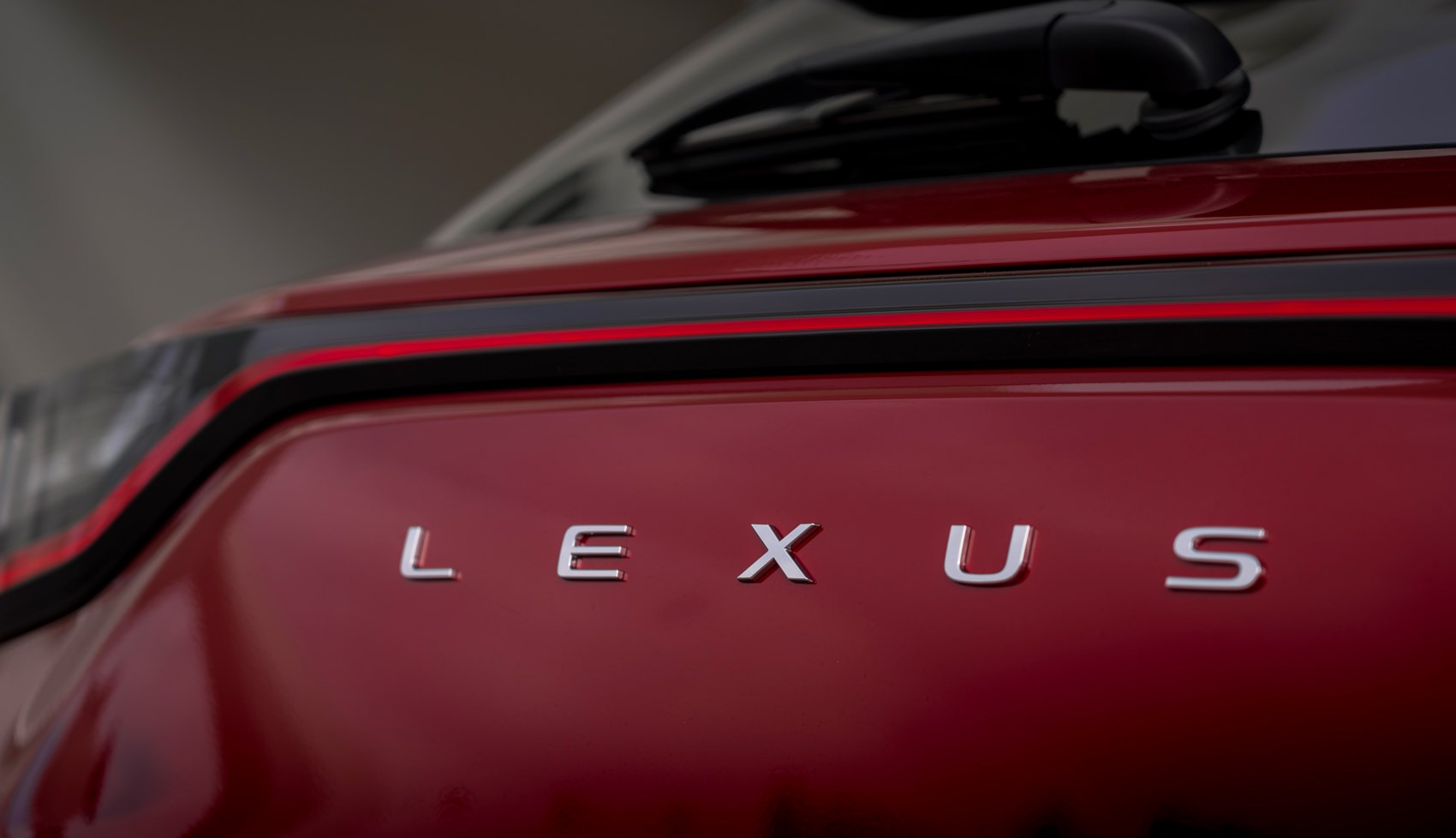
There are initially seven trim levels available in the UK. Entry-level is Urban, which includes a 9.8-inch touchscreen, 17-inch alloy wheels, dual-zone climate control, front and rear parking sensors, a rear-view camera and LED headlights.
Next up is Premium, which gains heated front seats, rear privacy glass, extra safety equipment, automatic wipers and ambient cabin lighting. Premium Plus adds 18-inch wheels, a powered hatch and a head-up display.
Premium Plus Design has different wheels, two-colour paintwork and different upholstery.
Takumi has a significant audio upgrade, to a 13-speaker Mark Levinson system (although note that this knocks a couple of litres off the boot capacity), leather seats, powered driver’s seat, multi-coloured ambient cabin lighting and adaptive high-beam headlights.
Takumi Design goes for two-colour paint and even fancier upholstery. And the line-up is topped by the Original Edition, which gets everything, including matt black 18-inch alloy wheels and an otherwise unavailable copper paintjob, but is limited to 250 UK cars.
What’s it like inside?
Up front, the LBX is reasonably roomy and comfortable, with well-shaped seats, a good view out and a driving position that’s only slightly higher than a hatchback’s. There’s a central touchscreen that houses many functions, but also a smattering of physical controls – for the heater, for instance.
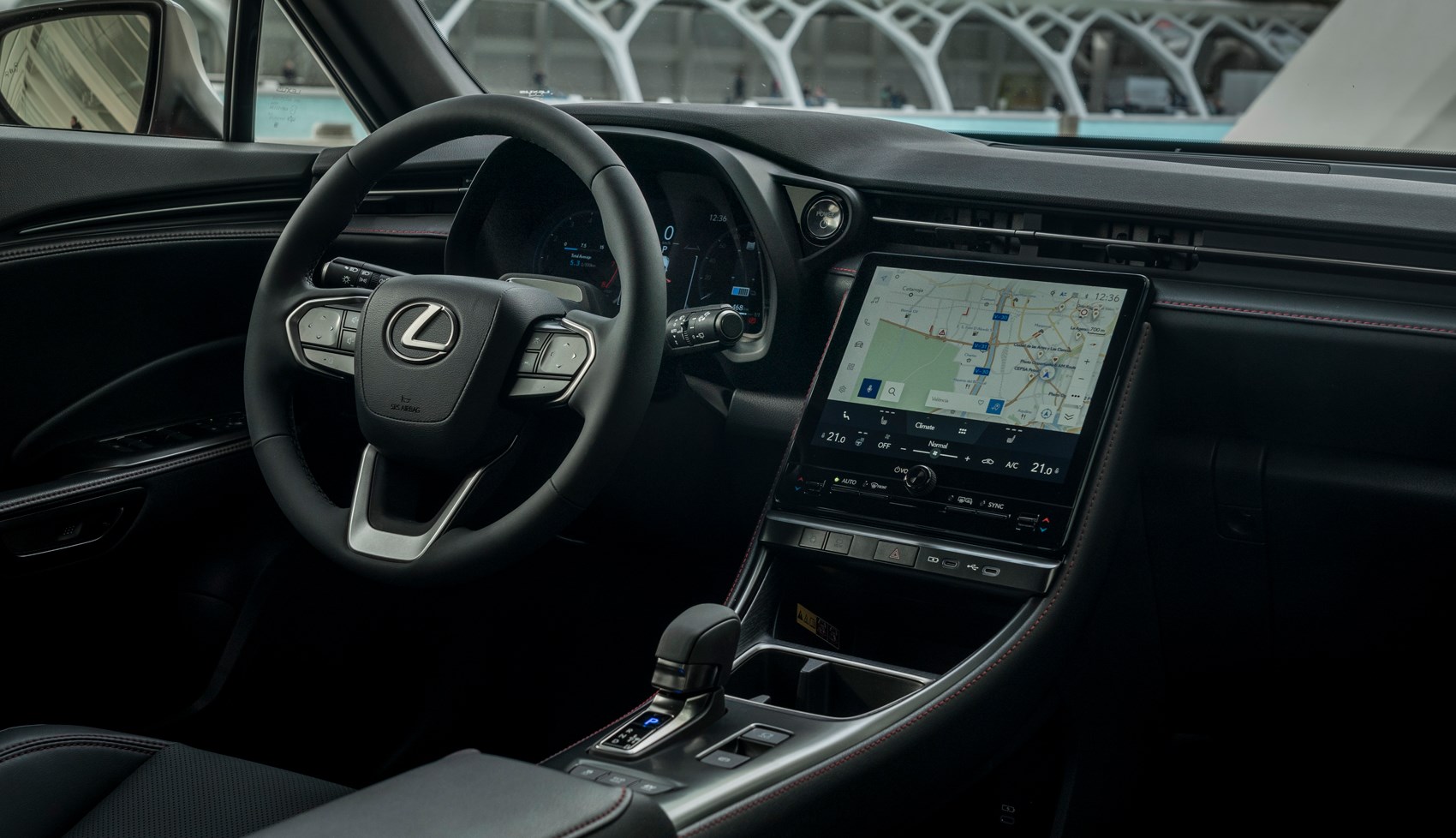
The cabin design is fresh and effective, rather than particularly fancy or modern. Depending on your spec level, there will be varying degrees of suede-like or leather upholstery and trim. The materials used are sturdy and sensible, and in some cases look rather better than they feel to the touch.
In the back there’s not much room for adults or taller children. The rear seat has three seatbelts, but you wouldn’t want to travel far with five on board the LBX. The lack of legroom encourages passengers to sit up straight, which then highlights the lack of rear headroom.
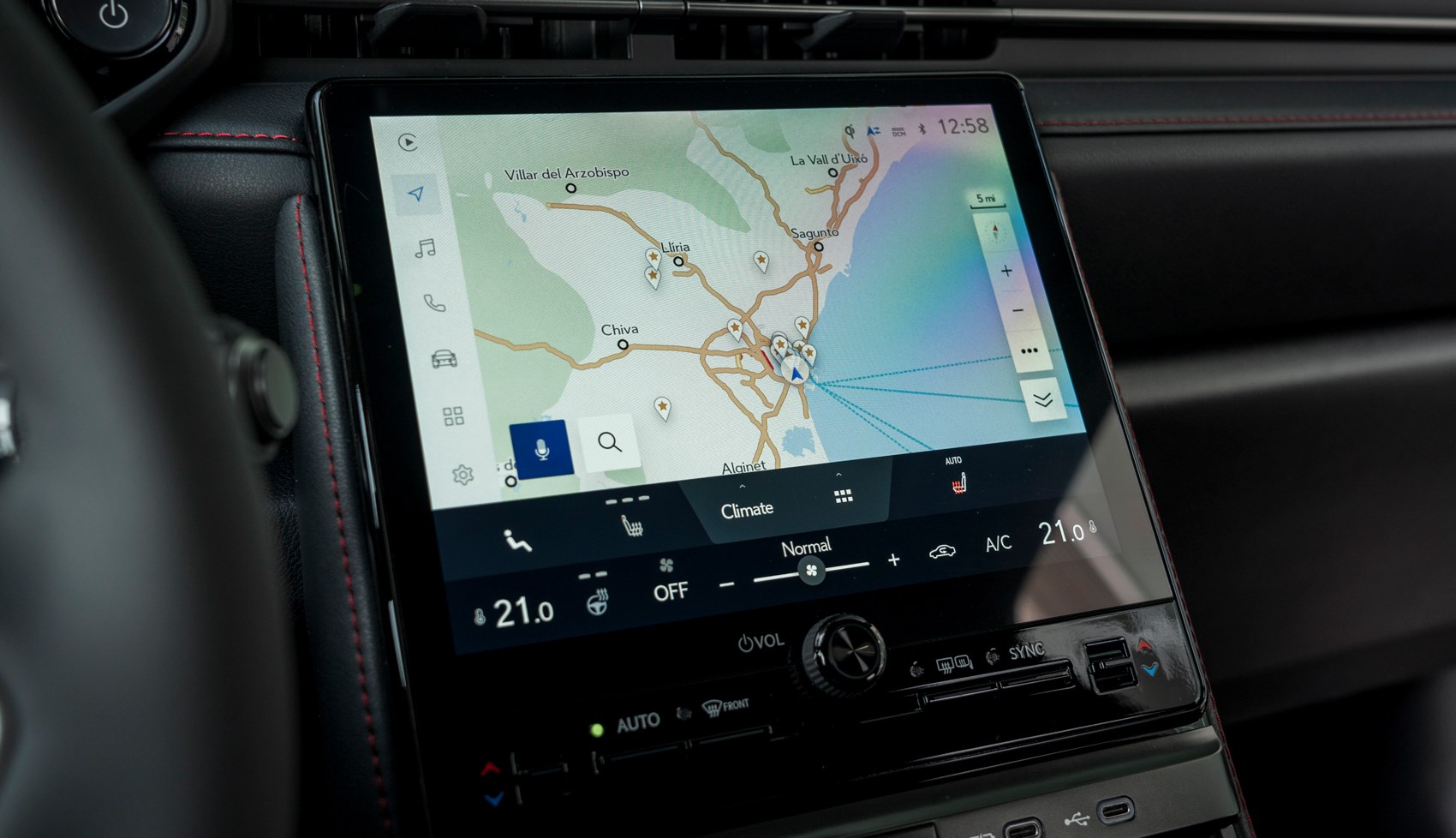
The boot is 402 litres, or 317 for all-wheel-drive versions. The rear seat splits 60:40, and can fold to expand the boot space to 994 litres.
Lexus has added various reinforcements and sound-deadening materials designed to reduce the level of noise getting into the cabin. Acoustic glass is used front and side.
What’s it like to drive?
We’ve driven two versions of the front-drive LBX. Aside from differences of finish, the more basic one had a B mode on the gearshift, for enhanced battery recharging on the move, while the higher-spec version had what Toyota calls its Sequential Shiftmatic system, allowing the driver to adjust the engine braking force in six steps, which feels a little like changing gear in a manual car. That system also brings an S mode, for perkier shifts. (It’s a stepped CVT system, so there are no actual gears, but it’s designed to feel and sound closer to a traditional gearbox than a conventional whine-prone CVT.)
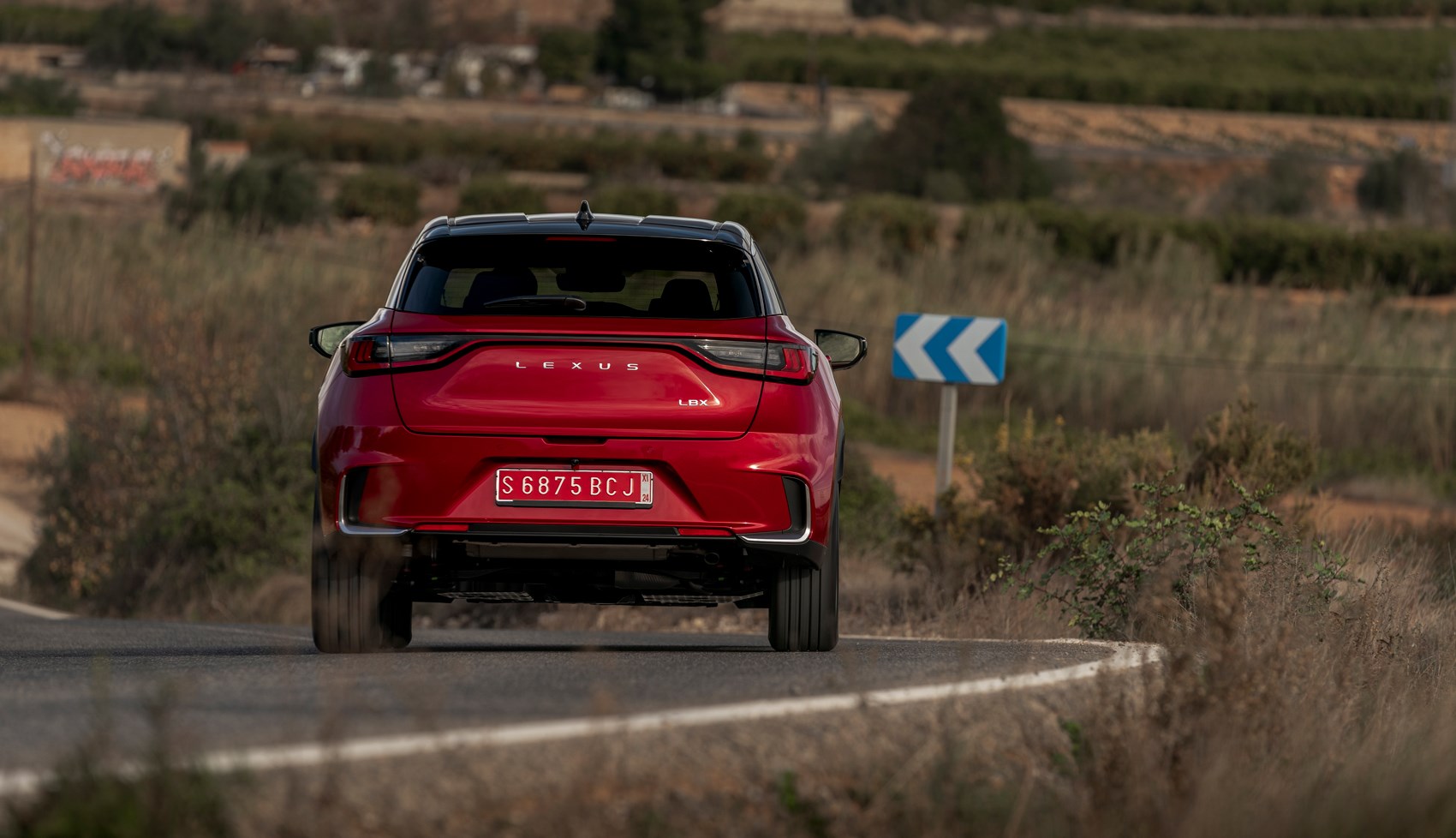
Both also have Eco and EV modes. Eco is for sedate pootling around. EV (available when the battery is sufficiently charged and your speed is sufficiently low) uses only the e-motor, so you might want to employ it driving past schools, for instance. In the default normal mode the car automatically plumps for whichever power source (engine, e-motor, both) is best suited to the performance you’re asking for and the charge available.
Changes between energy source are generally so smooth and unobtrusive that you often wouldn’t know, if it weren’t for the handy animation showing you, although when the engine fires up after a period of electric-only running you do notice.
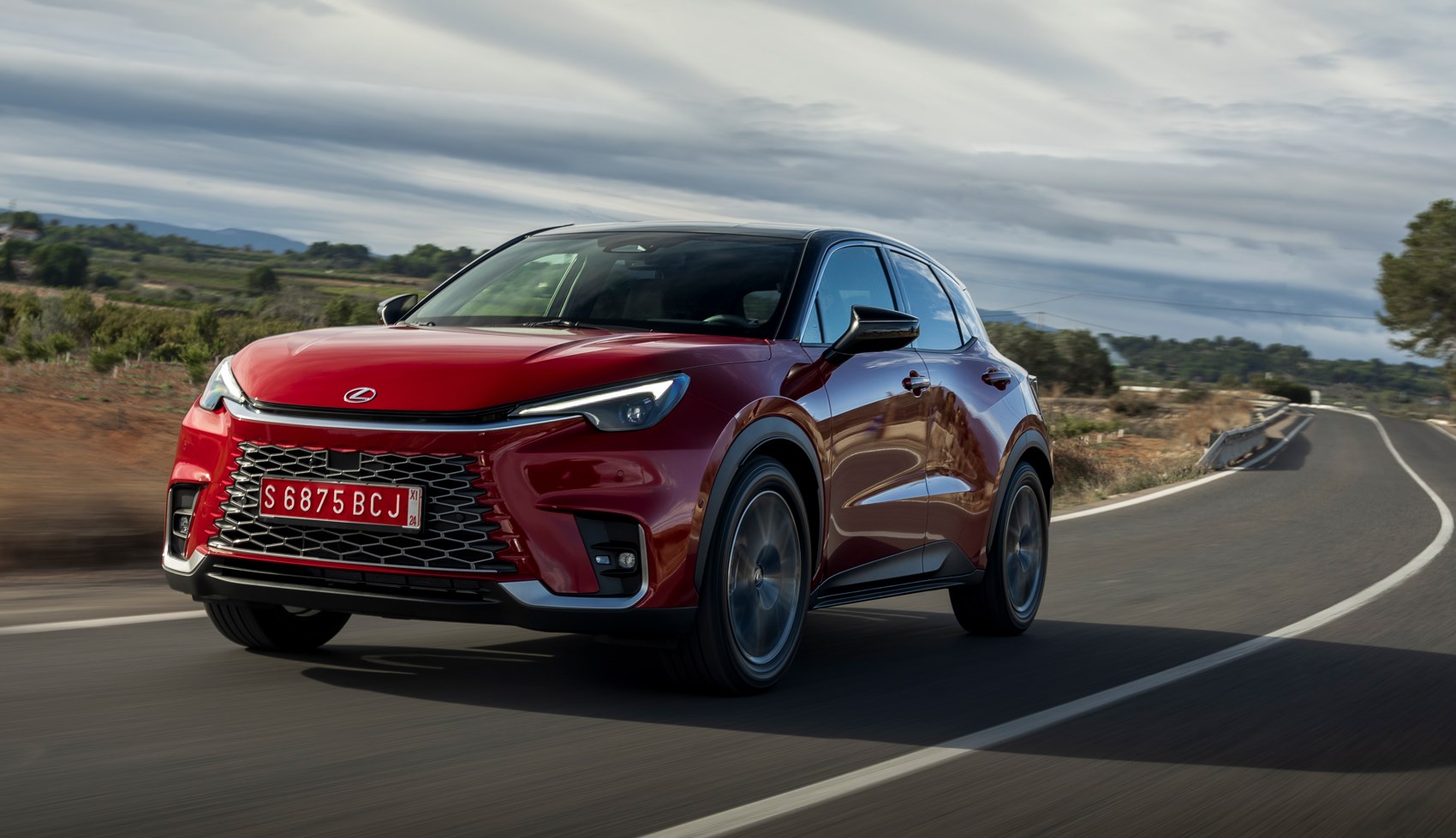
A glance at the 0-62mph time will make it clear that this is no rocketship. It’s lively enough to avoid holding up the traffic, but there’s nothing sporty about this economy-minded engine. The brakes are fine, in both their power and their feel, and the steering is pleasingly precise. Ride quality is generally good, but it can’t avoid crashing and banging over big bumps and potholes.
Verdict: Lexus LBX
The LBX is an agreeable car to drive and live with, but utterly lacks the X factor that should come with the Lexus badge, especially bearing in mind that the pricing is rather stiff.
It’s fairly refined and comfortable, it steers nicely, it feels well made and should offer decent economy. It’s also well equipped, with some pretty advanced features available higher up the price list. But when it’s up against cars from Europe’s established premium manufacturers, not to mention relative newcomers like DS, it needs to offer something special, which is where it falls short.
For some, especially those with previous experience of owning a Lexus, the name, the warranty and the dealer network will add up to sufficient reason to go for the LBX rather than, say, a Mini. But for us it fails to stand out in a crowded market.
You can see why Lexus has created the LBX: in search of new ways to continue its impressive SUV-led sales growth, it’s now building an SUV for a slightly different bunch of potential buyers. But the end result falls awkwardly between two stools by being not very Lexusy, in terms of luxury and sophistication, while being quite expensive for what remains at heart a perfectly decent Toyota.